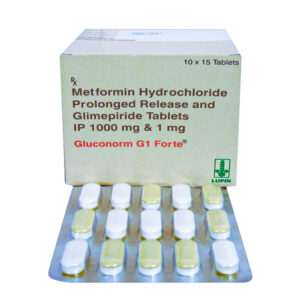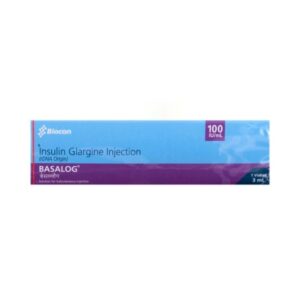Insulin Glulisine Information
Pronunciation
IN soo lin gloo LIS een
What is this drug used for?
• It is used to lower blood sugar in patients with high blood sugar (diabetes).
Frequently reported side effects of this drug
• Injection site irritation
• Nose irritation
• Throat irritation
• Common cold symptoms
• Flu-like symptoms
• Joint pain
• Headache
Other side effects of this drug: Talk with your doctor right away if you have any of these signs of:
• Low blood sugar like dizziness, headache, fatigue, feeling weak, shaking, fast heartbeat, confusion, increased hunger, or sweating.
• Low potassium like muscle pain or weakness, muscle cramps, or an abnormal heartbeat.
• Blurred vision
• Chills
• Severe dizziness
• Passing out
• Mood changes
• Seizures
• Slurred speech
• Trouble focusing
• Shortness of breath
• Excessive weight gain
• Swelling of arms or legs
• Injection site thick skin, pits, or lumps
• Signs of a significant reaction like wheezing; chest tightness; fever; itching; bad cough; blue skin color; seizures; or swelling of face, lips, tongue, or throat.
Medication Safety Issues
Sound-alike/look-alike issues:
Apidra may be confused with Spiriva
Insulin glulisine may be confused with insulin glargine
High alert medication:
The Institute for Safe Medication Practices (ISMP) includes this medication among its list of drugs which have a heightened risk of causing significant patient harm when used in error. Due to the number of insulin preparations, it is essential to identify/clarify the type of insulin to be used.
Geriatric Patients: High-Risk Medication:
Beers Criteria: Insulin (short- or rapid-acting insulin products used for sliding scale), is identified in the Beers Criteria as a potentially inappropriate medication to be avoided in patients 65 years and older (independent of diagnosis or condition) due to higher risk of hypoglycemia associated with sliding scale insulin without improvements in hyperglycemia, regardless of care setting. Avoid insulin regimens that only use short- or rapid-acting insulins dosed based on current blood glucose levels in the absence of basal or long-acting insulin; recommendation does not apply to regimens containing basal or long-acting insulin (Beers Criteria [AGS 2019]).
Other safety concerns:
Cross-contamination may occur if insulin pens are shared among multiple patients. Steps should be taken to prohibit sharing of insulin pens.
Storage and Stability
Unopened vials, cartridges, and prefilled pens may be stored under refrigeration between 2°C and 8°C (36°F to 46°F) until the expiration date or at room temperature for 28 days; do not freeze; keep away from heat and sunlight. Once punctured (in use), vials may be stored under refrigeration or at room temperature ≤25°C (≤77°F); use within 28 days. Cartridges and prefilled pens that have been punctured (in use) should be stored at temperatures ≤25°C (≤77°F) and used within 28 days; do not freeze or refrigerate. When used for CSII, insulin glulisine contained within an external insulin pump reservoir should be replaced every 48 hours; discard if exposed to temperatures >37°C (>98.6°F).
Adverse Reactions
Cardiovascular: Hypertension (adults, type 2 diabetes), peripheral edema (adults, type 2 diabetes)
Central nervous system: Headache (children & adolescents, type 1 diabetes), hypoglycemic seizure (children & adolescents, type 1 diabetes)
Dermatologic: Pruritus, skin rash
Endocrine & metabolic: Hypoglycemia (adults, type 1 diabetes), hypokalemia, severe hypoglycemia (children and adolescents, type 1 diabetes), weight gain
Hypersensitivity: Anaphylaxis, hypersensitivity reaction
Immunologic: Antibody development (no effect on drug efficacy)
Infection: Influenza
Local: Erythema at injection site, hypertrophy at injection site, infusion site reaction, itching at injection site, lipoatrophy at injection site, swelling at injection site
Neuromuscular & skeletal: Arthralgia (adults, type 2 diabetes)
Respiratory: Nasopharyngitis, upper respiratory tract infection
Rare but important or life-threatening: Catheter complication –





